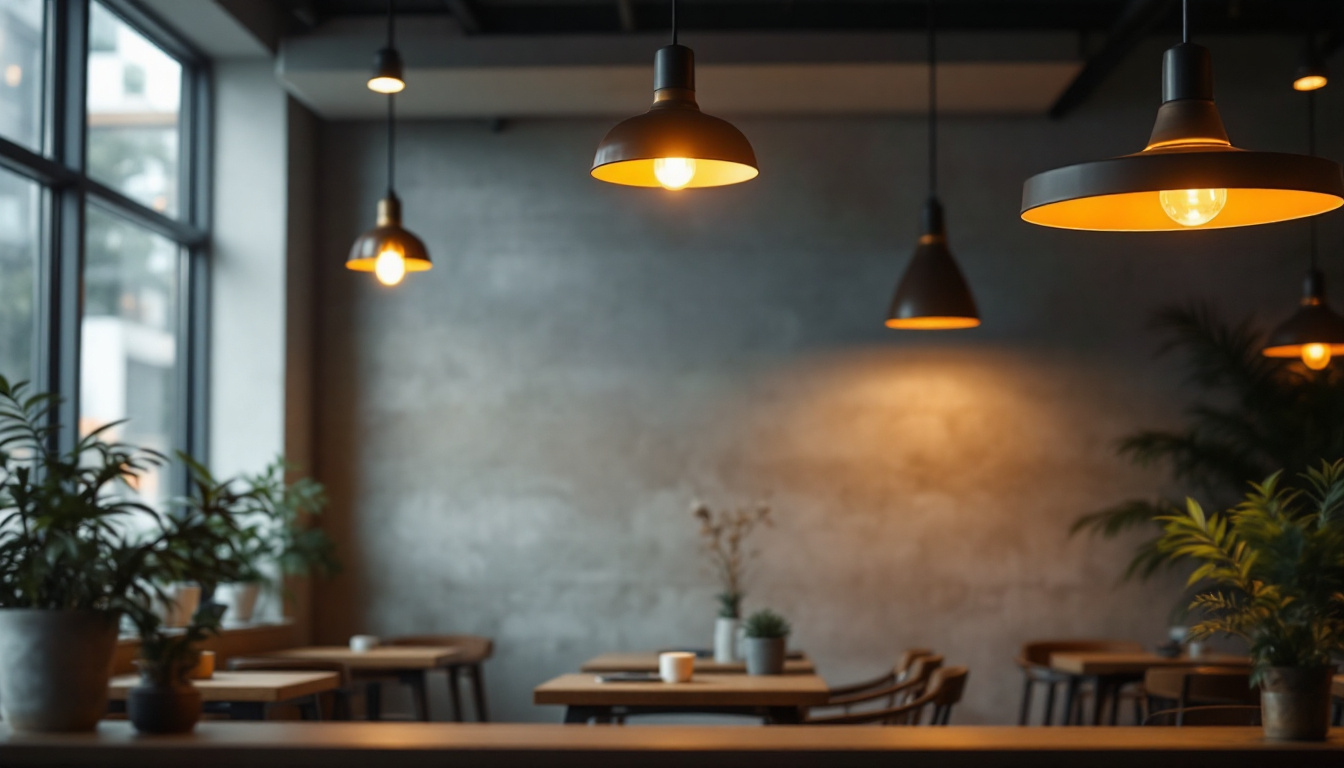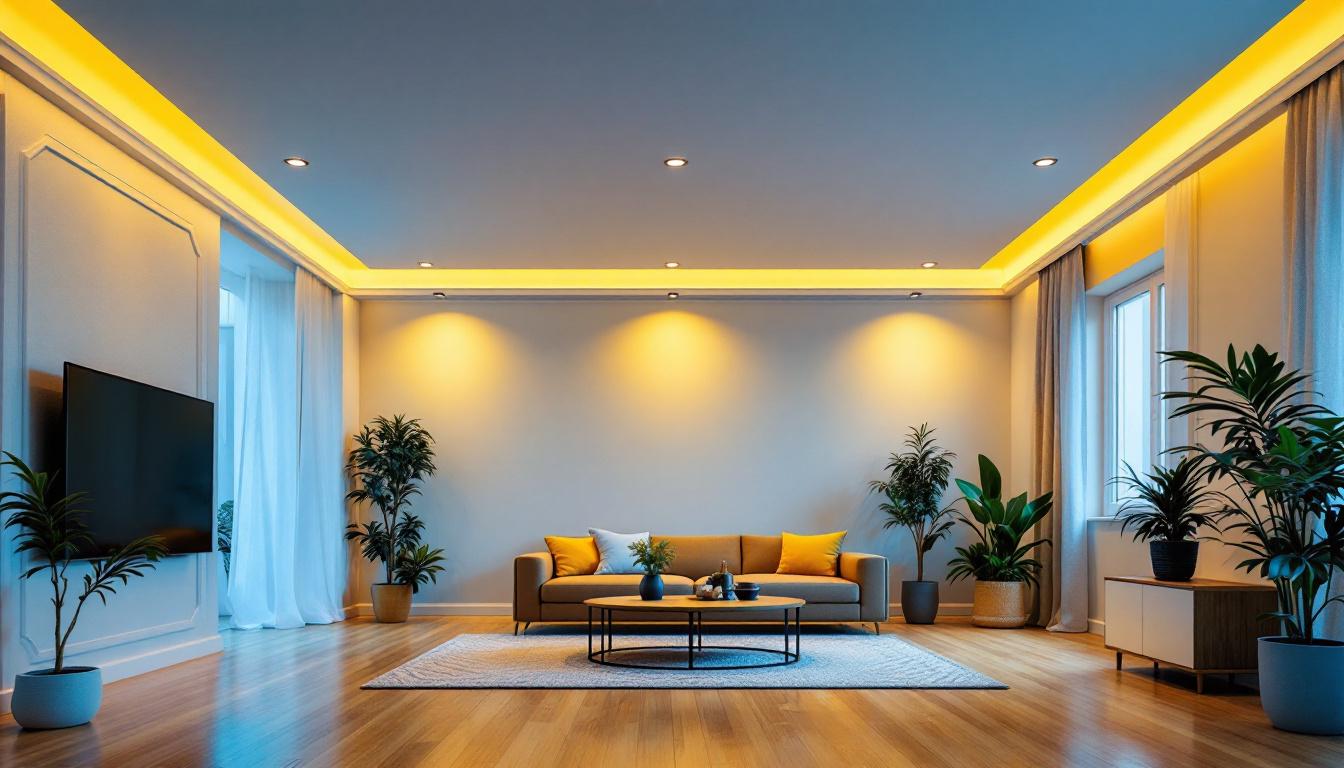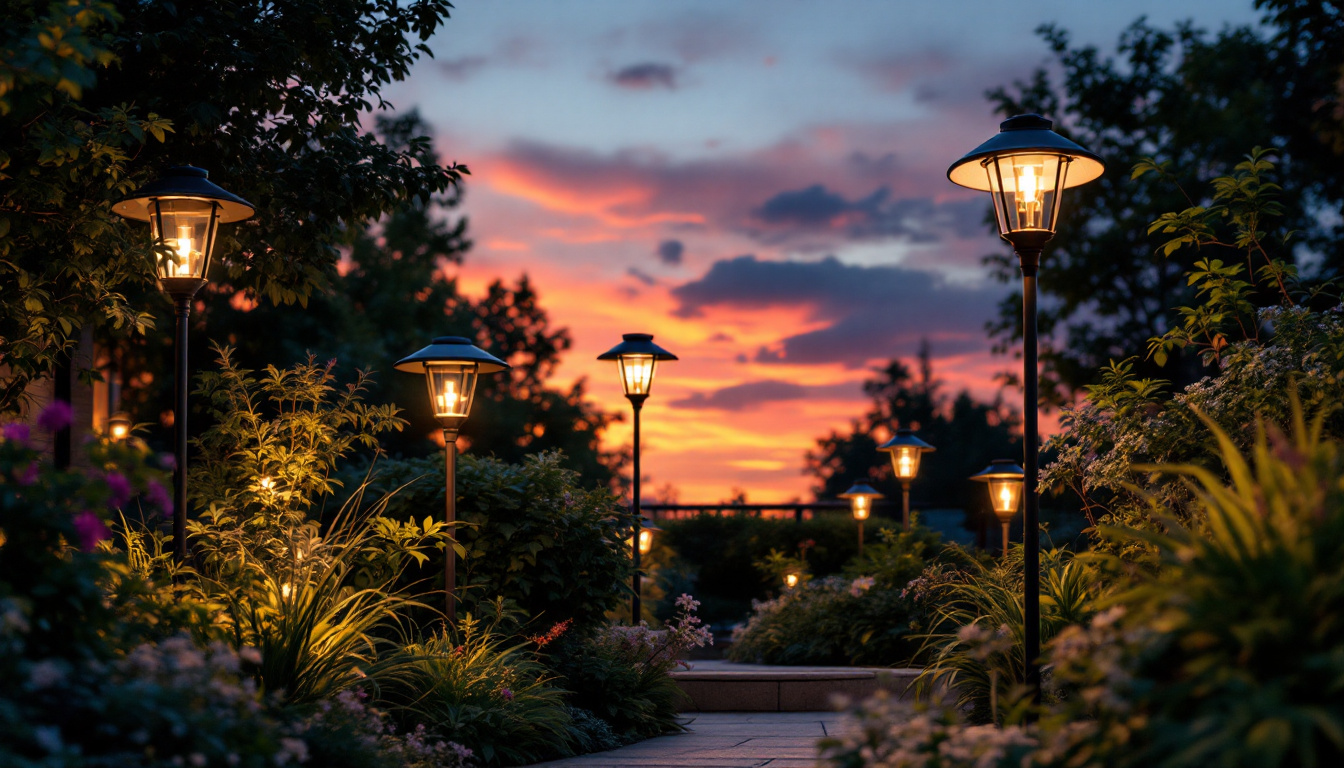
In the realm of commercial lighting, pendant fixtures have emerged as a versatile and stylish option for various settings. From restaurants and retail spaces to offices and educational institutions, these fixtures offer both functionality and aesthetic appeal. Lighting contractors play a crucial role in selecting and installing these fixtures effectively, ensuring they meet the specific needs of their clients. This article delves into best practices for working with commercial pendant lighting fixtures, providing insights and guidance tailored for lighting contractors.
Pendant lighting fixtures hang from the ceiling, typically suspended by a cord, chain, or rod. They come in various shapes, sizes, and styles, making them suitable for a wide range of applications. Understanding the characteristics of pendant lighting is essential for contractors to make informed decisions during the selection and installation process.
Pendant fixtures can be categorized into several types, each serving different purposes. Some common types include:
The material and design of pendant fixtures significantly impact both their functionality and aesthetics. Common materials include glass, metal, and fabric, each offering distinct advantages. For instance, glass pendants can diffuse light beautifully, while metal fixtures may provide a more industrial look. When selecting fixtures, contractors should consider the overall design theme of the space and how the pendant lighting will complement it.
In addition to traditional materials, innovative designs now incorporate sustainable options such as reclaimed wood or recycled metals, appealing to environmentally conscious consumers. The choice of finish—whether matte, polished, or brushed—can also affect the fixture’s overall appearance and how it interacts with the surrounding decor. Furthermore, the height at which pendants are hung plays a crucial role in their effectiveness; too low can obstruct views, while too high may diminish their impact. Therefore, careful consideration of these elements can enhance both the functionality and style of the space.
proper installation and placement of pendant lighting are vital for achieving the desired ambiance and functionality. When positioning pendants, it’s essential to consider the scale of the room and the height of the ceiling. For instance, in a room with high ceilings, longer or larger pendants can create a dramatic effect, while in smaller spaces, shorter fixtures may be more appropriate to maintain proportion. Additionally, layering pendant lighting with other light sources, such as recessed lighting or wall sconces, can create a more dynamic and inviting atmosphere. Contractors should also ensure that the electrical wiring is appropriately managed to accommodate the weight and power needs of the fixtures, which can vary significantly among different styles.
Choosing the right pendant lighting fixtures requires a careful evaluation of several factors. By adhering to best practices, lighting contractors can ensure their selections enhance the functionality and ambiance of the spaces they illuminate.
Before selecting pendant fixtures, it is essential to assess the space where they will be installed. Factors such as ceiling height, room size, and existing decor should be taken into account. For instance, in spaces with high ceilings, longer pendant fixtures can create a dramatic effect, while shorter fixtures are better suited for lower ceilings.
Additionally, understanding the purpose of the space is crucial. In a restaurant, for example, the lighting should create an inviting atmosphere, while in an office, it should promote productivity and focus. The color temperature of the bulbs used in the pendants can also significantly impact the mood of the environment; warmer tones tend to create a cozy feel, while cooler tones can enhance alertness and concentration.
The size and scale of pendant fixtures must be proportionate to the space they occupy. A common guideline is to choose fixtures that are approximately one-third the width of the surface they hang over. For instance, if a pendant is installed over a dining table that is 60 inches wide, the fixture should ideally be around 20 inches wide.
Moreover, contractors should consider the height at which the fixtures will be hung. A general rule is to hang pendants 30 to 36 inches above a table or countertop to ensure adequate illumination without obstructing views. It’s also worth noting that the visual weight of the fixtures should complement the overall design; a cluster of smaller pendants can create a whimsical effect, while a single, larger pendant can serve as a bold statement piece. This balance between size and visual impact can transform an ordinary space into an extraordinary one, enhancing both its aesthetic and functional qualities.
Proper installation of pendant lighting is critical to achieving the desired lighting effects and ensuring safety. Lighting contractors must be well-versed in installation techniques and safety protocols to deliver high-quality results. An understanding of the space’s design and functionality is also essential, as pendant lights can serve both decorative and practical purposes. Whether illuminating a kitchen island or creating a cozy ambiance in a dining area, the right installation can significantly enhance the room’s overall aesthetic.
Before installation, it is vital to evaluate the electrical requirements of the selected pendant fixtures. This includes checking the wattage and voltage specifications to ensure compatibility with existing wiring. Contractors should also confirm that the circuit can handle the additional load of the new fixtures. It is advisable to consult local building codes and regulations, as these can dictate specific requirements for residential and commercial installations, ensuring compliance and safety.
In some cases, it may be necessary to upgrade the electrical system to accommodate the new lighting. This is particularly true for multi-light or high-wattage fixtures, where the risk of overloading existing circuits is greater. Additionally, considering the use of LED fixtures can provide energy efficiency benefits, as they typically consume less power and have a longer lifespan compared to traditional incandescent bulbs. This can lead to reduced energy costs over time, making it a wise choice for both the environment and the homeowner’s budget.
When installing pendant fixtures, proper mounting techniques are essential for both safety and aesthetics. Fixtures should be securely attached to the ceiling, using appropriate anchors and hardware. For heavier fixtures, it may be necessary to install a ceiling junction box rated for the weight of the fixture. Furthermore, it is crucial to assess the ceiling type—whether it is drywall, plaster, or concrete—as this will influence the type of mounting hardware required.
Additionally, ensuring that the fixture hangs straight and at the correct height is crucial for achieving a polished look. Using a level during installation can help achieve this, providing a professional finish that enhances the overall appearance of the space. The height at which pendant lights are hung can also impact the room’s functionality; for instance, fixtures above a dining table should typically hang between 30 to 36 inches above the surface to allow for unobstructed views while providing adequate illumination. Moreover, considering the spacing between multiple pendants can create a cohesive look, allowing the fixtures to become a focal point in the room while ensuring even lighting distribution.
Incorporating lighting controls can significantly enhance the functionality of pendant lighting fixtures. By offering flexibility in lighting levels and ambiance, these controls can cater to various activities and preferences within a space.
Installing dimmer switches allows users to adjust the brightness of pendant fixtures according to their needs. This is particularly beneficial in commercial settings, where lighting requirements may change throughout the day. For example, a restaurant may want brighter lighting during lunch hours and a softer ambiance during dinner service.
When selecting dimmer switches, contractors should ensure they are compatible with the type of bulbs used in the pendant fixtures. LED fixtures, for example, require specific dimmers to function correctly.
Smart lighting solutions are becoming increasingly popular in commercial settings. These systems allow for remote control of lighting through smartphones or tablets, enabling users to adjust settings from anywhere. This technology can be particularly advantageous in large spaces where manual adjustments may be cumbersome.
Moreover, smart lighting can integrate with other building systems, such as HVAC and security, creating a more cohesive and efficient environment. Contractors should stay informed about the latest smart lighting technologies to offer clients innovative solutions.
Regular maintenance is essential for ensuring the longevity and performance of pendant lighting fixtures. Lighting contractors should educate clients on proper care techniques to keep their fixtures looking and functioning at their best.
Dust and grime can accumulate on pendant fixtures over time, diminishing their appearance and light output. Contractors should recommend a cleaning schedule that includes dusting fixtures regularly and using appropriate cleaning solutions for specific materials. For instance, glass fixtures may require a gentle glass cleaner, while metal fixtures may benefit from a mild soap and water solution.
Additionally, contractors should advise clients to check the bulbs periodically and replace any that are burnt out to maintain consistent lighting levels.
Despite regular maintenance, issues may still arise with pendant lighting fixtures. Common problems include flickering lights, uneven illumination, or fixtures that do not turn on. Contractors should be prepared to troubleshoot these issues, which may involve checking connections, replacing bulbs, or inspecting the electrical system for faults.
Providing clients with guidance on how to address minor issues can empower them to maintain their lighting effectively, reducing the need for service calls.
Commercial pendant lighting fixtures offer a unique blend of style and functionality, making them a popular choice for a variety of settings. For lighting contractors, understanding the nuances of selecting, installing, and maintaining these fixtures is essential for delivering high-quality results that meet client expectations.
By adhering to best practices, from assessing the space and selecting the right fixtures to ensuring proper installation and maintenance, contractors can enhance the overall lighting experience for their clients. As the landscape of commercial lighting continues to evolve, staying informed about trends and technologies will further empower contractors to provide innovative solutions that illuminate spaces effectively.
Ready to elevate your lighting projects with the perfect balance of style, functionality, and value? Look no further than LumenWholesale for all your commercial pendant lighting needs. Our extensive selection of spec-grade lighting products is designed to meet the highest industry standards, ensuring you deliver exceptional results to your clients. With unbeatable wholesale prices and the convenience of bulk buying with free shipping, you can trust LumenWholesale to provide premium lighting solutions that fit your budget. Don’t let middleman markups dim your project’s potential. Choose LumenWholesale for quality, affordability, and convenience. Visit us today at Wholesale Lighting at the Best Value and illuminate your space with confidence.

Discover the insider tips from lighting contractors on maximizing the efficiency and aesthetics of solar outdoor lights with motion sensors.

Discover why lighting contractors should prioritize 8 recessed can lights in their projects.

Discover expert insights and practical tips for lighting contractors on choosing and installing light switch LED lights.

Discover the comprehensive guide to solar powered lights tailored for lighting contractors.